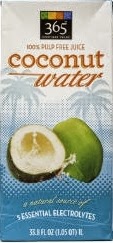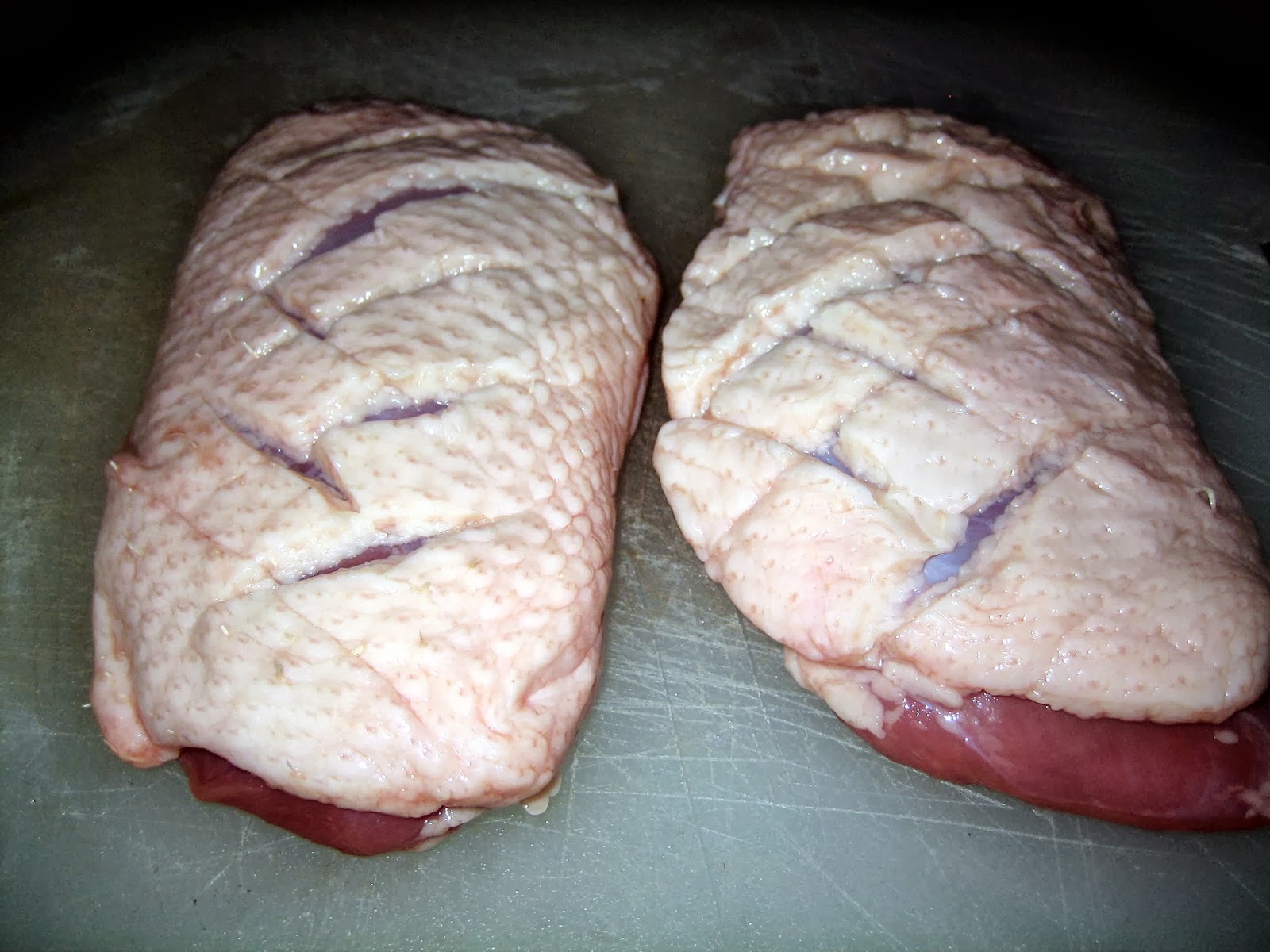Is adventure racing the perfect Paleo sport? If you have read some of my early posts or hung around me much then you know I have participated in a few adventure races and am pretty much hooked. As far as I can tell adventure racing has not broke into the paleosphere nearly as much as I would have expected. Adopting a Paleo or primal lifestyle means more than just food. It is truly about evolving all aspects of your life around how we are naturally designed to operate as human beings. I have heard many people speak on natural body movement, body weight exercises, getting outside in the sun, etc. Certainly all of these things are a way to get closer to our primal roots but what about adventure racing?
 |
| A beautiful adventure racing vista |
Adventure Racing is not an Obstacle Course
When I tell most people that I adventure race they immediately assume that I am talking about an obstacle course race. While I have run one or two of these and they can be fun they are not adventure races.
So what is an adventure race then?
 |
| Ready to go |
Adventure races involve a broad range of skills that are tested for an extended period and range. Exactly what a particular race involves varies a bit but in general an adventure race is comprised of orienteering through a natural environment over land and water, by foot, canoe or kayak, and mountain bike. Some unique races may include other water activities, rappelling, etc. Adventure races range in duration from 6 hrs all the way up to multi-day events.
Maps
Prior to the start of a race you will receive a topographical map which may contain the entire course or be one of several you will receive. You will have some period of time, depending on the length of course, to plot checkpoints, and develop a strategy.
Checkpoints are important!
 |
| There's a checkpoint |
Every race has checkpoints. Checkpoints come in many flavors; some are mandatory to finish, some are optional, some you must get in order, some you must get on foot, some on water, some on bike, and there may be unique requirements on specific race courses. When developing your strategy it is very important to read the directions very closely or you may end up back tracking or worse be disqualified.
Passports
Each team has a passport. When you arrive at a checkpoint there will be a special stamp that you use to mark your passport in the appropriate area. This is how the race officials will know that you made it to a specific point.
Strategy
Your team will have its strength and weaknesses. Are you good at canoeing, or biking? What is the general physical condition or your team? Are your good at navigating? Did I mention there are no GPS units allowed? Your strategy will depend on the skills and weaknesses of your team and the layout of the course and drive which points and in what order you will attempt to knock them out.
Fuel and Hydration
Adventure races are long so you absolutely have to fuel. If you are extremely fit you can get by on a 6 hour with very little fuel but it is easy to under estimate. If you don't fuel and hydrate enough you will find yourself cramping and unable to complete the course.
Equipment
 |
| Hills suck |
There will be a decent amount of mandatory equipment and you will be tempted to pack in a lot of additional items. There are some things that are essential and others that might seem essential but are not. What to carry and when will be learned over time and from other racers but also vary depending on the length of race. Some races will also have staging areas where additional gear can be left. Depending on where these are on the course they may drive what you carry and your overall strategy.
Orienteering
You’re all packed up, have your strategy, and hit the trail. Now you have to find your first point. Orienteering is challenging! It involves taking all your senses into account and observing your surroundings in ways that you are likely not used to doing. Many of the 6 hour courses are designed for the novice, like me, so finding points is not extremely difficult but there are usually a couple curve balls that may send you in circles. Bottom line here is, practice makes perfect.
So why is adventure racing the perfect Paleo support?
 |
| Comradery Being Bred |
Ok, you can argue that our ancestors didn't have mountain bikes but with that aside it is really pretty simple to see how Paleo adventure racing is. In adventure racing you must navigate through a natural environment, at speed, under stress, for many hours at a time. These activities force you to become very close with the environment around you, with your own personal needs and limitations, and those of your team mates. I can’t think of a more perfect sport to simulate the kinds of pressures and activities that our Paleolithic ancestors experienced during their day to day lives hunting and gathering. Many people listen to me explain adventure racing and wonder why I would pay to participate in a race there is almost no chance that I will "win". To be honest with you I am not so sure I know the exact answer. It doesn't really sound all that fun but the reality is that adventure racing makes me feel completely alive. Maybe it has something to do with that primal connection to the natural world and your team mates. As my good adventure racing buddy says "Misery breeds Comradery"
If you are in Virginia check out these links. I have run races with these guys and they are both awesome.
Also feel free to drop me an email if you have any question about adventure racing or anything else.
Thanks for stopping by,
Chuck













